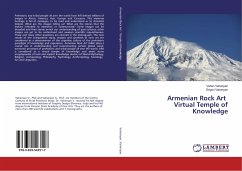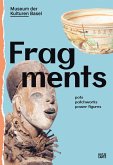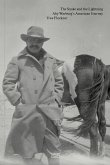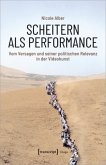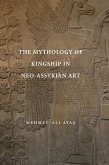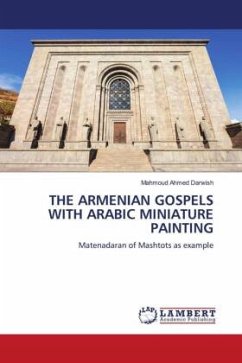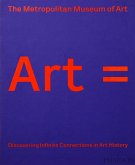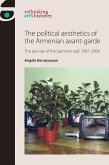Prehistoric and tribal people all over the world have left behind millions of images in Africa, America, Asia, Europe and Caucasus. This immense heritage is full of messages, to be read and understood or to stimulate debate. What are the images telling us? What are the stories that the makers intended to memorize or communicate? Some images can be decoded and their stories enrich our understanding of past cultures; other images are yet to be understood and awaken scientific inquisitiveness. These and many other questions are covered in the monograph. The new results of the comparative study, analysis and synthesis of rock art are considered as a phenomenon of the cognitive culture of the prehistoric paradigm of knowledge and experience. Armenian Rock Art (ARA) plays a crucial role in understanding and reconstructing certain global social-economic processes of prehistoric and tribal people all over the world. ARA is considered as a virtual temple of knowledge and smart stone encyclopaedia of tacit and implicit knowledge clusters of World Mythology, Religion, Archaeology, Philosophy, Psychology, Anthropology, Sociology, Art and Linguistics.
Bitte wählen Sie Ihr Anliegen aus.
Rechnungen
Retourenschein anfordern
Bestellstatus
Storno

